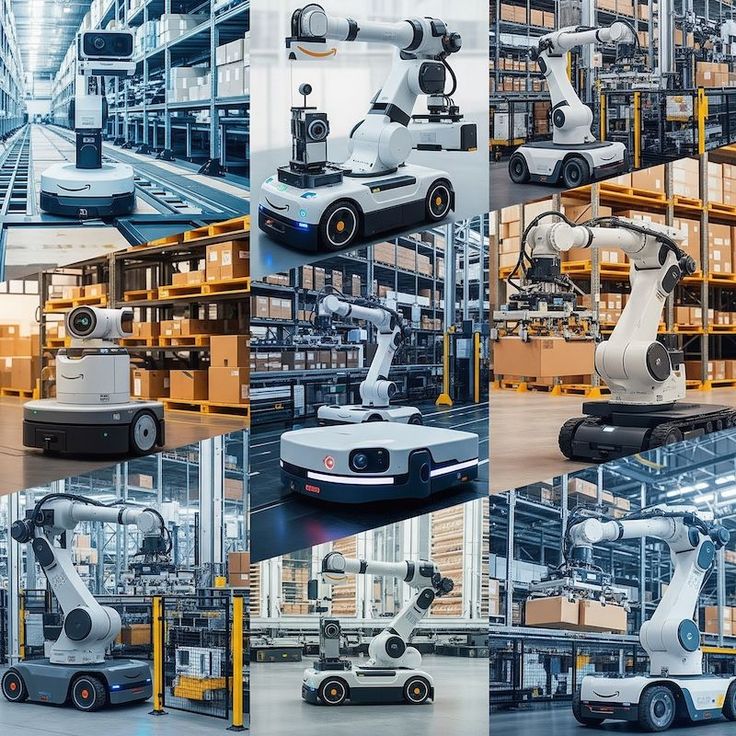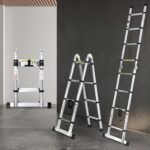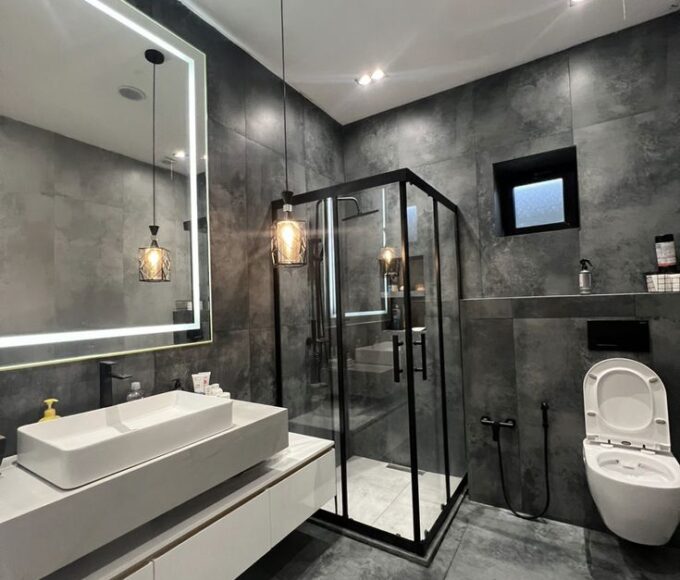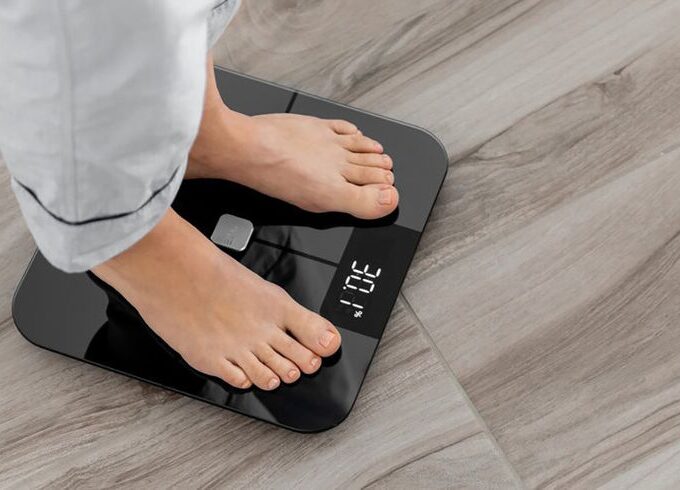The profession of a caregiver is noble but it is accompanied with its challenges. The risk of injuries is one of the most burning issues in this sphere. There is a tendency of handling and transferring patients by caregivers and this can be straining or occasionally cause severe injury in the long run. This does not only have an influence on their well being but also on the quality of services they offer.
With the rise in the care giving requirement, there is rise in the necessity of effective solutions that are both more safety-oriented to both the people administering care and those receiving the care. The modern lifting solutions and innovative technologies have risen to the occasion in the contemporary world by taking the demands directly by their horns. We will discuss how we could protect our caregivers and at the same time provide the users with loving care with the least risk factor.
The Importance of Safe Lifting Techniques
Effective lifting methods are imperative in care provision. They safeguard the people who help as well as those who are being helped. Health is ensured by ensuring that there are proper methods to reduce the risk of injury.
Body mechanics is very important when lifting a patient or a heavy object. Kneeling rather than bending at the waist spreads out the weight evenly. This will make back and joint strain less.
Another essential part of communication is lifts. Caregivers ought to be team players, and coordination of movements should be done to prevent accidents. Well-intended verbal communication may be the key to dealing with sensitive circumstances.
In addition, proper lifting methods inspire confidence amongst employees. Understanding the technique of lifting enables the caregivers to work with confidence. It increases the job satisfaction and fosters cultural workplace.
The use of these practices does not only protect physical health but also adds onto the emotional health of both the users and also aged care hoist.

Traditional Lifting Equipment vs Modern Solutions
The conventional lifting machines usually use manual power. This has the potential to cause injuries to the caregivers in the long run. Lifts and slings were the previous solutions of heavy-duty, though they have limitations.
The game has been transformed with modern solutions. They are oriented towards friendly designs that make them safer to the user (caregivers and patients alike). Motorized lifts offer large levels of strain relievers unlike the manual ones.
A second benefit of modern tools is their flexibility. Most contemporary gadgets can be carried about and hence they can fit in any environment of a care facility.
Smart technology is also an area that contributes towards the current lifting solutions. Other sophisticated systems provide ergonomical provisions which help direct the users on safe practices.
Not only do these innovations ensure safety, but they also enhance efficiency in the activities of caregiving, and staffs take more quality time with the patients, rather than fighting with heavy machines.
Examples of Modern Lifting Solutions
The current lifting systems have revolutionized the landscape of care giving. In the present times, powered ceiling lifts are commonly used in facilities. These systems also move on tracks that are fitted on ceilings and through which caregivers can move patients around without any problems.
The portable patient lift is also another innovative alternative. It is easy to move this device in and out of rooms. It is flexible and also safe during transfers.
Lifting slings are also becoming popular. They have sensors, which track weight distribution and notify the users whether they need to make adjustments during a transfer.
The Exoskeletons are the technology in this regard. These wearable devices help care givers by taking the burden of the body when lifting or supporting a patient.
Robotic assistants are gaining popularity in the care setting. They may assist in mobility and some physical load off the shoulders of staff members and also company them.
Implementing Safe Lifting Practices in Care Facilities
The safety of the caregivers and the patients is paramount in the implementation of the safe lifting in care facilities. The staff must be trained on appropriate methods and the necessity of utilizing the modern equipment, which has to be arranged on a regular basis. This makes everyone know how to eliminate risks related to manual handling.
The facilities should focus on the availability of the right lifting tools like powered lifts and slings, which should be accessible at the required times. Frequent maintenance inspections are also essential; faulty equipment may cause a major accident.
Furthermore, the culture of seeking assistance in the process of moving a patient may also help to minimize the number of injuries considerably. It should enable the caregivers to be bold in the use of modern solutions.
Freedom of conversation between the team workers on their experiences and difficulties in lifting can also promote safety measures. Exchanging of knowledge will provide a platform in which all people feel welcomed and empowered to carry out their tasks safely.
The benefits of incorporating these practices are that they do not only improve safety but also the quality of care in general in the facilities. Effective lifting strategies will help us to safeguard individuals who commit themselves to others to a point where they are able to offer users with respectful help in their everyday lives.

















Leave a comment